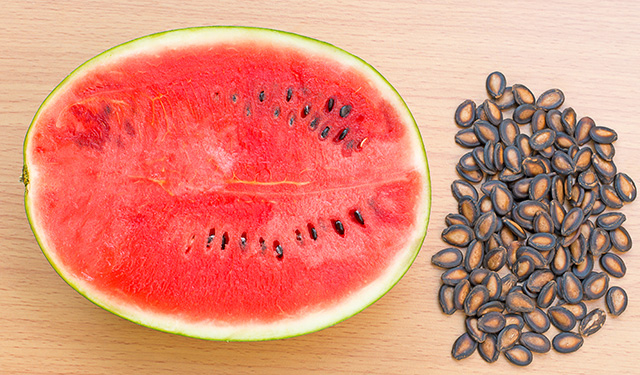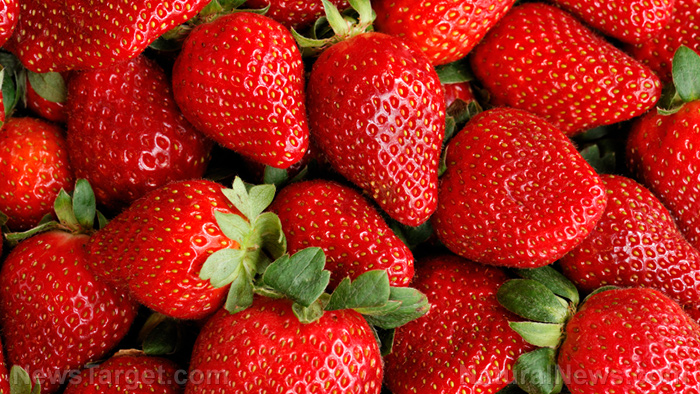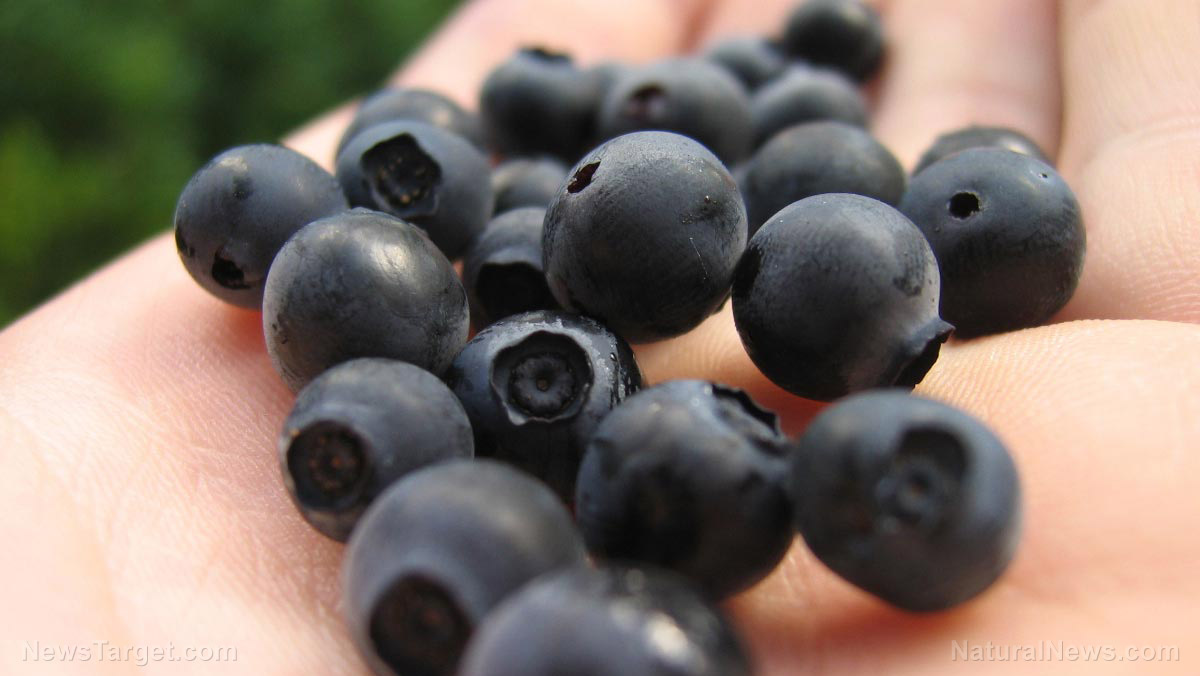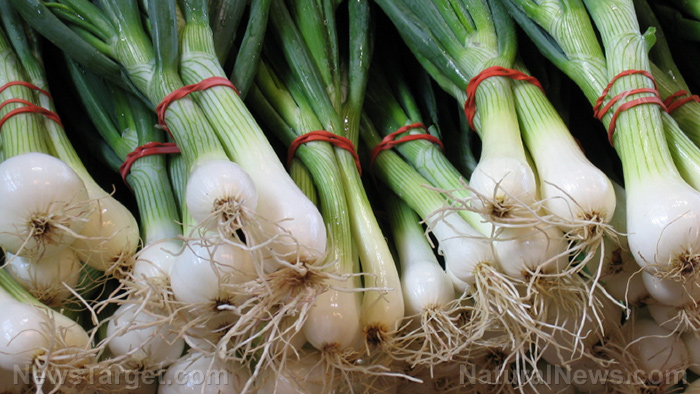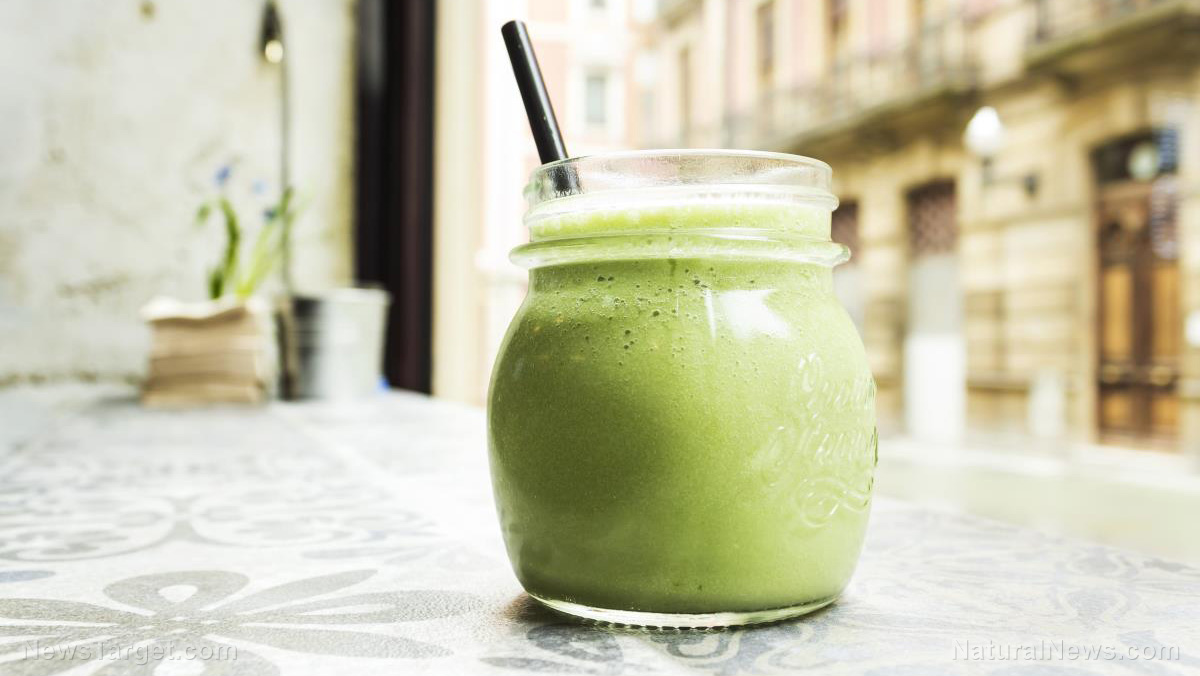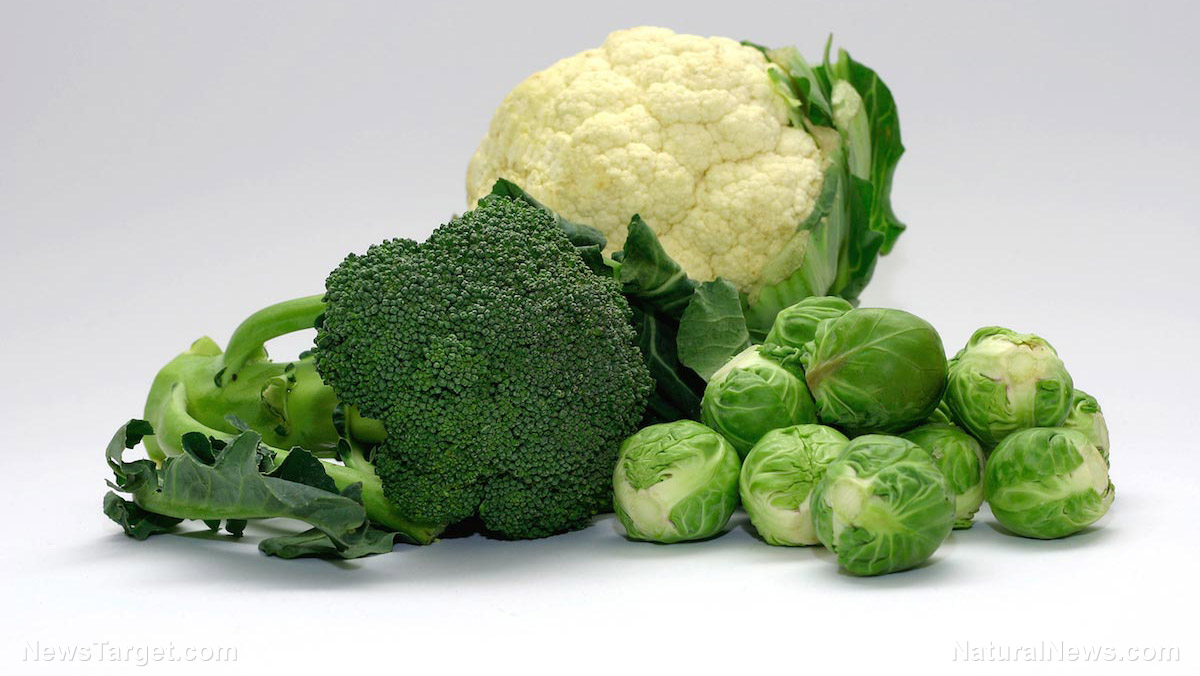From leftovers to LEDs: Sustainable lights made from food waste
12/16/2015 / By Vicki Batts

Even your leftovers might have a greater chance of achieving a bright future than you do. U.S.-based researchers at the University of Utah have recently developed an environmentally sustainable LED light through quantum dot technology.
LEDs or light-emitting diodes are commonly used to light up electronics, Christmas lights and the like. What the researchers have done is take food and beverage waste and transform it into fluorescent nanoparticles known as quantum dots to power LEDs.
Besides sounding pretty cool, the quantum dot LED gives food waste a purpose besides rotting away in landfills. In addition, the process of turning leftovers into quantum dots produces less harmful waste than the production of traditional LEDs, which tend to be made from rather hazardous elements. It’s also much cheaper to use what is essentially garbage as a starting ingredient. What makes these quantum dots special is that they are made of carbon instead of cadmium selenide, which is quite toxic, and is much better for the environment overall. If these carbon-based quantum dot LEDs can be produced on a larger scale, it could definitely help eliminate toxic waste produced by the traditional LED manufacturing process.
Source:
Tagged Under: environment, food waste, LED lights, sustainability


